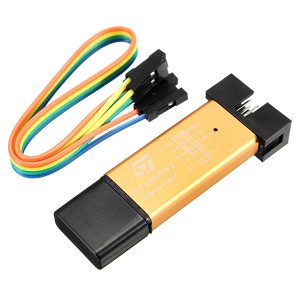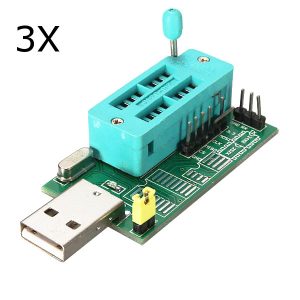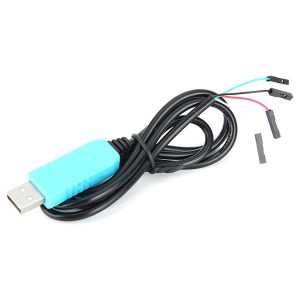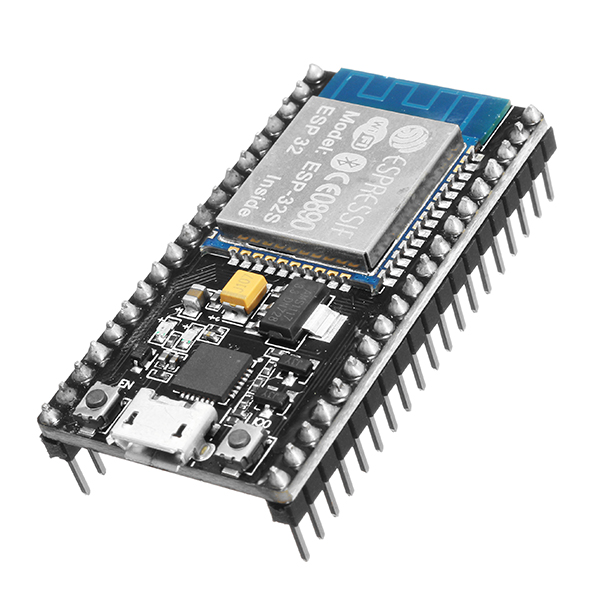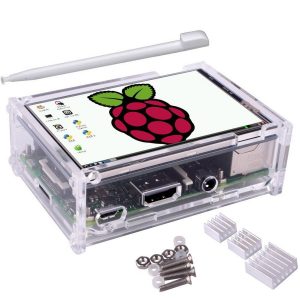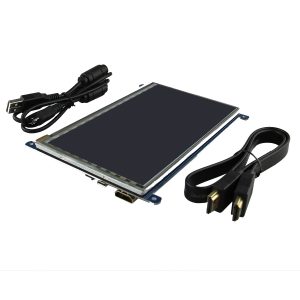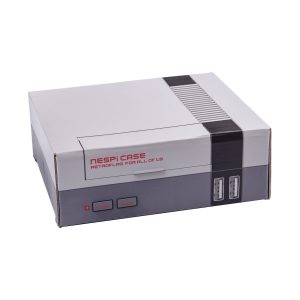Arduino is an open sourced electronics platform that is based on easy to use hardware and software. An Arduino board receives inputs and outputs that enable it to perform various tasks like control motors, LEDs, remotes and much much more. You can configure your board and instruct it on what to do by sending a set of specific instructions to the microcontroller on the board. To do this you must use the Arduino Programming Language which is based on wiring and the Arduino Software (IDE) based on Processing.
Arduino has over the years been the brainchild of thousands of students, professors, teachers and various industry professionals to help them create projects ranging from sophisticated to extremely simple. Due to the open sourced nature of Arduino’s hardware and software. People can customize it to their exact needs modifying both the software and the hardware.
Getting to the Arduino Programming, Arduino Programs are written in the Arduino integrated development environment (IDE) . The Arduino IDE is a special software that is used in your computer to create and run the code. The Arduino language itself is based on a very simple hardware programming language called processing which is similar to C language making it very easy to learn for beginners in the world of Arduino. There are several libraries available with prebuilt functions that can be used by novice Arduino builders to create their projects.
The structure of an Arduino program is very simple, The Arduino programs have a minimum of 2 blocks, Preparation, and execution. Each block has a statement enclosed in curly brackets. The preparation block is the first to execute when the program is executed by the Arduino Board. This function is only called once during the execution process. The preparation mode is usually used to initialize the pin modes and start serial communications. After the Preparation mode has finished executing. The Execution block runs next. The execution block does operations like reading inputs, triggering outputs, checking conditions, etc..
Note: Writing the program is not the only important thing while programming the Arduino. Building the breadboard circuit also equally important.
Once the program is written. It is called a sketch and is saved on the computer as a text file with the file extension as .ino. Once the program is written in the IDE. It needs to be loaded up onto the Arduino Board for execution.
An Arduino board needs to be connected to the computer in order to receive the code and execute it. This can be done by usually connecting a USB to the Arduino board which can be seen on most boards and the computer in which the code is written. After the connection, The code can be exported from the PC to the Arduino board by the Arduino IDE. There are several different types of cables that can be used with the Arduino board to connect it to either a PC or other equipment like the Programming cable PLC or the SCM burning programmer.
Arduino Programming
Showing 1–24 of 69 results










